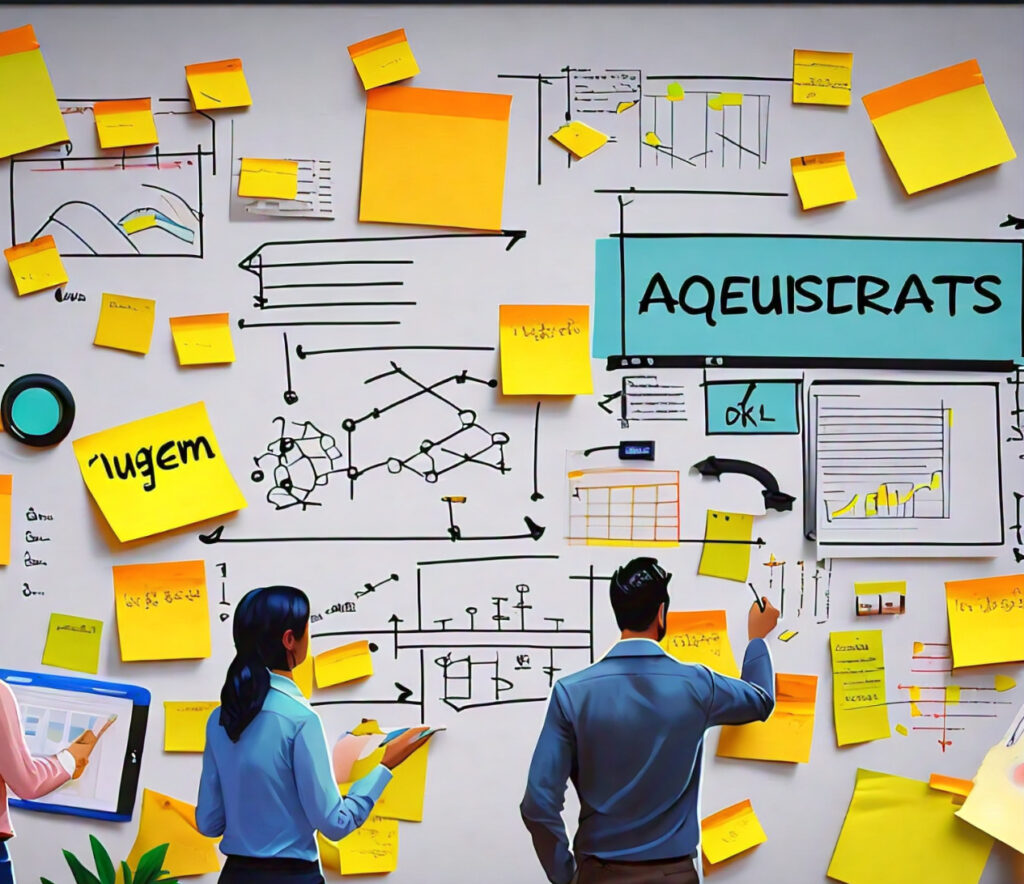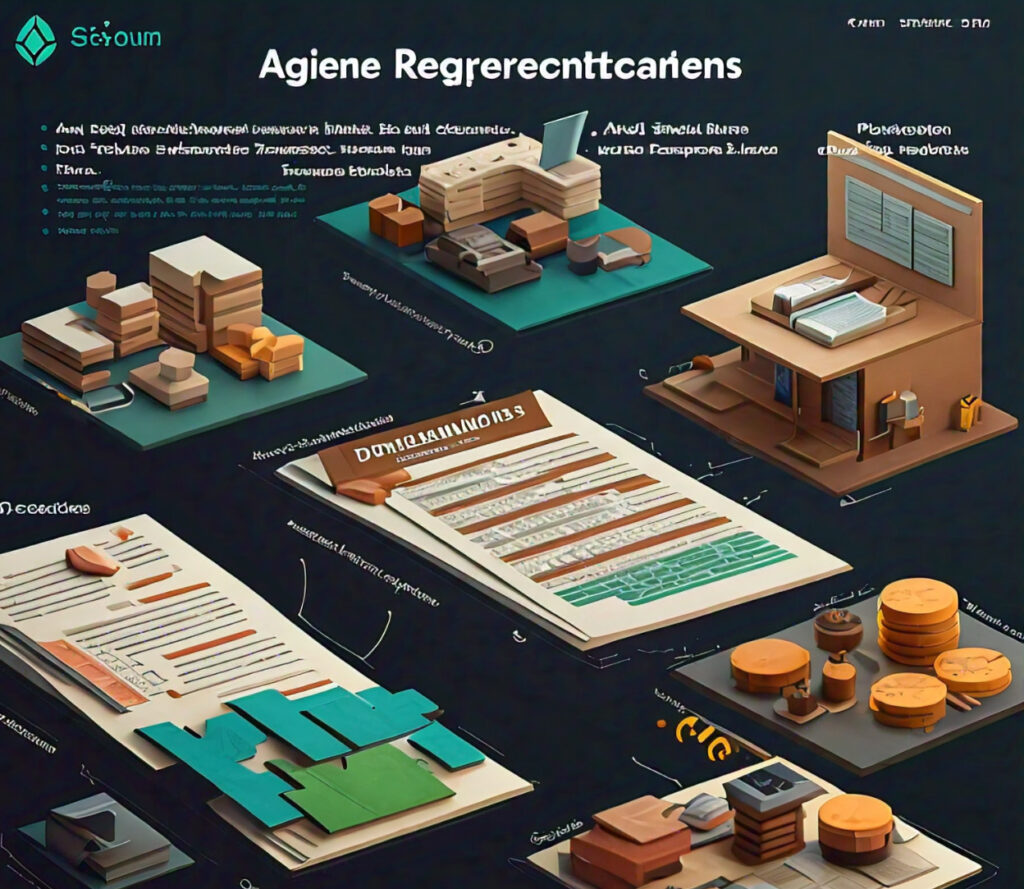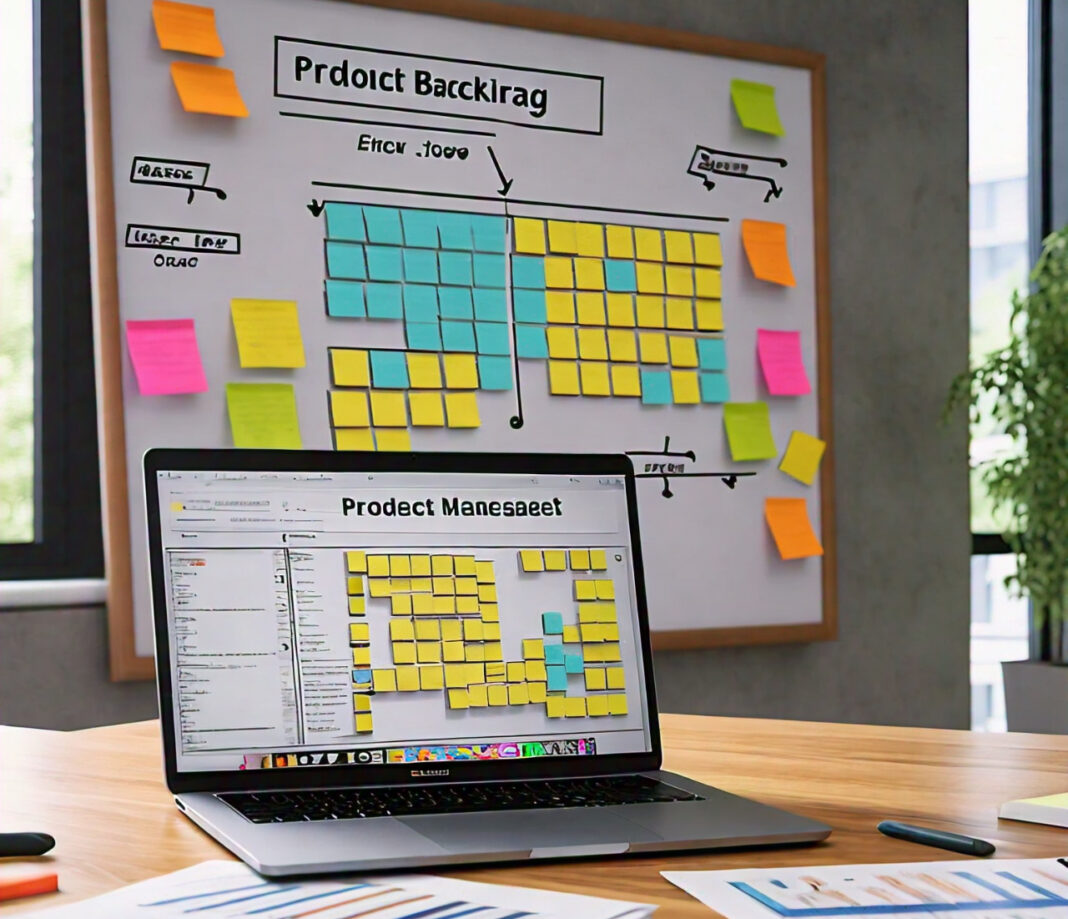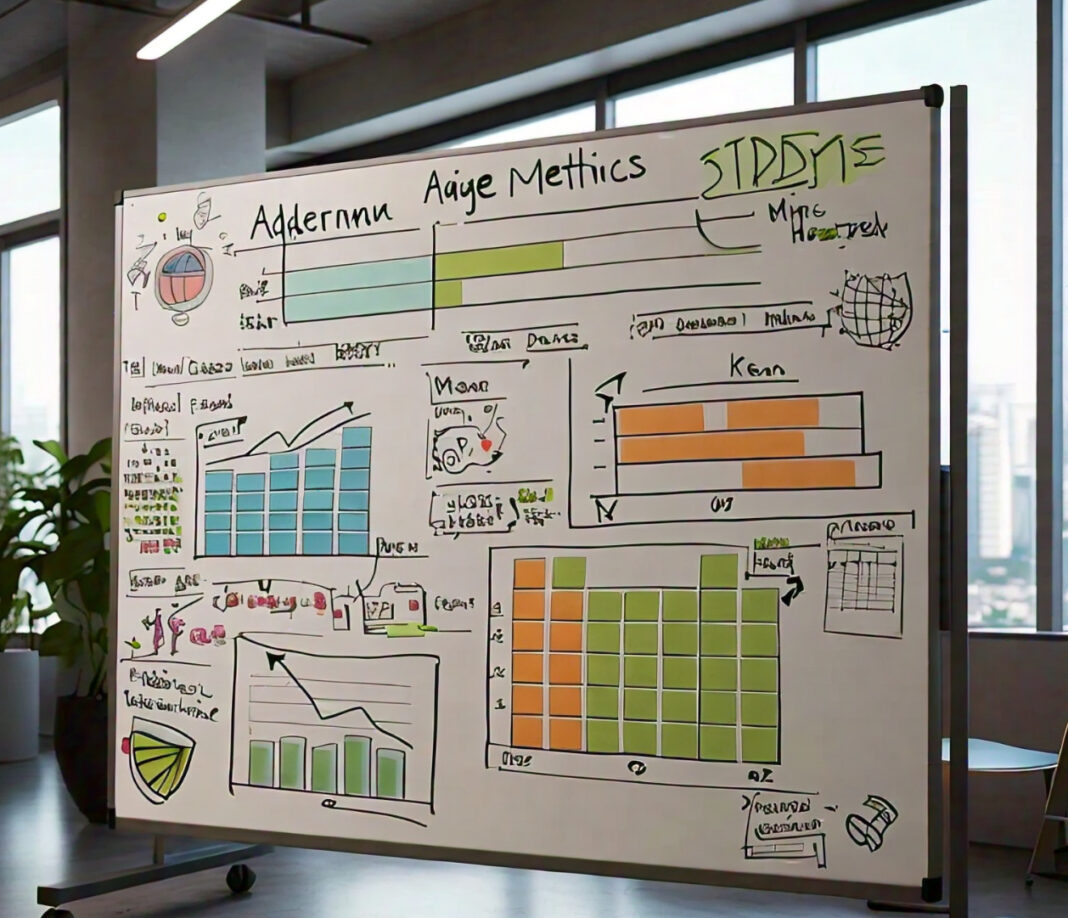User stories are an essential ingredient in any Agile methodology, especially those of Scrum and
Kanban. They are defined as ‘the way one describes the requirements from the user’s perspective:

what is needed and why.’ Appropriately writing user stories is vital to keeping
development teams on the right path and ending up with a product that satisfies a user’s needs and business goals. All of this and more in a comprehensive guide outlining the art and science of writing impactful user stories while taking into consideration their structure, best
practices, common pitfalls, and maintaining a useful backlog.
What is a User Story?
1.1 Definition and Purpose
A user story is a quick, informal description of a feature or requirement from the end-user’s point of
view. The standard outline is:
As a [user type], I want [goal] so that [benefit].
The goals of user stories are to:
- Capture Requirements: Convert the needs of the users and the business into actionable
development tasks. - Support Understanding: They are a catalyst in ensuring that conversations between all
stakeholders, product owners, and developers result in everyone having one common understanding
of what is to be developed. - Drive Development: Development is led with transparent, action-oriented requirements that
are centered around the value to be delivered to the user.
1.2 User Story Format
A good user story usually contains the following elements:
- Title: A brief, descriptive name for the story.
- Description: The main narrative in the “As a… I want… so that…” format, tells who the
user is, what they want, and why. - Acceptance Criteria: Conditions that need to be met for the story to be considered complete.
- Priority: The importance of the story about other queue items.
- Estimation: Here, the effort required to complete the story is approximated, usually in story
points or hours.
Writing Good User Stories
2.1 The INVEST Criteria
Good user stories should meet the INVEST criteria, which ensures that they are well-formed and
actionable:

- Independent: The story should be self-contained so that it can be developed and delivered
even though other stories are not yet complete. - Negotiable: It is flexible to change and open for discussion; change according to feedback.
- Valuable: Brings clear value to the business or user.
- Estimable: The story has clarity so that a good estimation of effort and resources can be made.
- Small: It is small enough to be completed within a single iteration or sprint.
- Testable: The story should contain clear criteria for acceptance. This should be useful in testing
whether the story will be considered complete.
2.2 Writing Clear and Brief Descriptions
The description of the user story should be clear, precise, and focused on the needs of the user.
Towards that end —
- Focus on the User: Identify the user or role for whom the story is being written. It
helps to keep the story focused on the end-user. - State the Goal: Explain what the user is trying to achieve or do. Vague language should be
avoided, while it should be very specific on what is going to be done. - Indicate the Benefit: Say why the goal is an important one or what benefit it provides. It helps
to somewhat rank-order the story, and the value it is understood.
Example: - Bad: “Enhance search functionality.”
- Best Practice: “Being a frequent buyer, I would be happy if I were able to filter my search
results by price range since it would allow me to get my desired products quite easily and within my
budget.”
2.3 Adding Acceptance Criteria
In the presence of any definition of boundaries and the success of a user story, acceptance criteria are
necessary. While acceptance criteria ensure that the story was correctly implemented, it, on the other
hand, sets a user’s criteria of expectation right. These acceptance criteria should hence be:
- ** Specific**: Clearly state conditions, and requirements to be met.
- ** Measurable**: What is success? Measure it in terms of performance, quality, etc.
- ** Testable**: Criteria such that given it can be tested by using automated or manual test.
** Example: ** - ** User Story:** “As a user, I want to reset my password using a recovery email so that I can
recover my account in case I forget my password.” - ** Acceptance Criteria:
- That email gets to the user within 5 minutes of requesting a password reset.
- The email has a secure link to a certain page for resetting a password.
- That link shall expire after 24 hours.
- The user shall be in a position to successfully change his/her password using that link.

2.4 Prioritization of User Story
It is essential to perform prioritization, ensuring the most valuable stories are developed first. Some
techniques that help in prioritizing user stories include:
- Value vs. Effort: The value that the story will bring and the effort it will take to implement the
story. High-value and low-effort stories should come first - MoSCoW Method: Must-haves, Should-haves, Could-haves, and Won’t have. It helps one
differentiate between critical features from not-so-essential features. - Customer Feedback: Run your stories in priority order taking feedback from users and
stakeholders to ensure the needs and pain points are covered.
2.5 Breaking Down Large User Stories
Large user stories are sometimes referred to as Epics. These must be broken down into smaller size
stories that are manageable so that they can be implemented in iterations or sprints. Here’s how you
break down Epics:
- Decompose by Workflow: Break the epic down into stories, breaking the different steps or
stages of the user’s workflow. - Decompose by Role: The epic must involve diverse user roles or personas, and stories created
should be separated. - Decompose by Feature: Break the epic into smaller features or functionalities that stand alone.
Example: - Epic: “As a user, I want to be able to manage the settings of my account.”
– User Story 1: “As a user, I want to update my email address so that I can get notifications at
my new email.” - User Story 2: “I want to be able to change my password to improve the security of my
account.” - User Story 3: “I want to be able to view my account activity so that I can monitor for
suspicious activity and unauthorized access to my account.”
2.6 Elaboration on the User Stories
Effective user stories should, therefore, be written with an effective combination of collaboration
from the product owner, the development team, and the stakeholders. How is this done?
- Regular Meetings. You should meet regularly for backlog grooming or refinement to
review and discuss user stories. - Open Communication. There should be free communication and feedback allowed for
everyone so that at the end of the day, all parties concerned will have a shared understanding of the
stories. - Involve Stakeholders: Early in the project, they should involve stakeholders so that their
interests are reported in the user stories at the end.
Common Pitfalls and How to Avoid Them
3.1 Vague or Ambiguous User Story:
Where user stories are vague or ambiguous, the chance of misinterpretation or partial
implementation increases. To avoid that flag this in your following ways.
- Horizon of specificity: Clear specifications and, detailed acceptance criteria.
- Ask Questions: Ask questions and seek clarity about what sounds ambiguous to make sure you
understand all parts of the story.
3.2 Over-Elaborating Stories
Adding a lot of information into user stories overloads them and makes them hard to work
with or get to work. To avoid this add :
- Concentrate on Core Elements: Put details and information that are basic and that which is
critical to actual understanding and implementation. - Elaborate as Necessary: Details can always be elaborated on while refining the backlog, or in a
sprint planning session.
3.3 Forgetting the Acceptance Criteria
Forgetting the acceptance criteria is a surefire way to get incomplete or wrong implementations.
Here is how to avert the danger.
- Define Acceptance Criteria Up Front: Ensure you write acceptance criteria at the same time a
a user story is written. - Discuss Criteria with the Team: Discuss and validate the acceptance criteria with the
development team to be clear and testable.
3.4 Neglecting User Needs
User stories that do not correspond to real user needs or problems would only lead to low-value
features. To overcome them, - Collect User Feedback: Drive the formation of user stories with the feedback from the user and
the stakeholders. - Validate with Users: to be tested and validated by the user stories to check whether the real user needs
are solved to deliver value.
Best Practices for User Stories
4.1 User Stories should be User-Centric
User stories should be written from the user’s perspective and focused on the delivery of value so
the team stays focused on user needs and outcomes.
Example:
- User Story: “As a mobile user, I want the ability to save my search preferences, so I wouldn’t
have to re-enter them every time I look up something.”
4.2 Priority by Value
Sorting out user stories in terms of their value and impact helps to develop the high-value ones first,
thus obtaining maximum return on investment and ensuring the most important features are
covered.
Example:
- High Priority: “As a user, I want to be able to add items to my cart so that I can
purchase items multiple at one time.” - Lower Priority: “As a user, I want to choose a color theme for my account dashboard.
4.3 Refine Regularly
Revisiting user stories is very contributing to maintaining a healthy and actionable Backlog. Regular
checking of the user stories to get updated against the changes in priorities and/or against some new
information or requirements coming in.
Example:
- Refinement Session: Bi-weekly backlog grooming sessions should be scheduled for reviewing
and updating user stories against new information and feedback.
4.4 Involve the Team
Engage the development team and stakeholders in building and reviewing user stories. Collaborative
writing is a better technique, therefore, for enhancing user story quality and capturing the best of
everyone’s perspective.
Example:
- Team Workshop: Will facilitate the workshop with the development team and stakeholders to
brainstorm and refine user stories for a new upcoming release.
Test/validate user stories against acceptance criteria to ensure the developed stories meet the user’s
needs and expectations.
Example: - User Story Testing: Usability testing and QA reviews must be executed to verify the written
user story realizes the acceptance criterion, provided the intended value.
Advanced Techniques of User Stories
5.1 Behavior-Driven Development (BDD)
Behavior-driven development provides more space for elaboration on user stories—behaviors and
consequences related to them. BDD is a language named Gherkin, specifying different scenarios in
describing how a feature should behave under other circumstances:
Example
User Story: “As a user, I want to be notified of a new message.”
Acceptance Criteria
- Given that the user has received a new message
- When the user is signed in,
- Then a notification should be displayed to them with the content of the message.
5.2 User Story Mapping
User story mapping serves the purpose of visualizing user stories with the links that create a better
understanding of the journey of the user and subsequently the work prioritization. This procedure
involves the formation of a map, where the process involves the list of activities of the users, which
is then followed under each activity by the stories.
Example of:
- User Journey: Design a user’s path to accomplish something—for instance, “Order a
product”—then identify and prioritize the user stories associated with each step. This includes the
steps such as “Add to cart,” “Enter shipping details,” and “Make payment.”
5.3 Impact Mapping
Impact mapping is a dynamic strategy technique that helps align user stories with business goals and
objectives. It is a visual map connecting user stories toward the desires of the impacts and outcomes.
Example:
- Business Goal: Increase user engagement.
- Impact Map: Identifies the following user stories that lead to this goal: “Add social sharing
options” and “Add useful, recommended content to each homepage.”
Measuring the Effectiveness of User Stories
6.1 Metrics and KPIs
A couple of metrics that may work are as follows:
- Completion Rate: The percentage of user stories completed in a sprint or iteration.
- Defect Rate: Number of defects or issues reported once a user story is implemented.
- User Satisfaction: Feedback from users in regards to how well the implemented stories cater to
respective needs and expectations.
6.2 Feedback loops
Establish feedback loops for continuously enhancing the quality of user stories. This may include:
- Sprint Reviews: Gather feedback from stakeholders and users during the sprint reviews to
learn how well the implemented stories are maintaining their purpose. - Retrospectives: Use the sprint retrospectives as a platform to gather feedback and learn—that
is, what could be done better—regarding the user story creation and management process.
Conclusion
User stories are a very potent tool for requirements in Agile development, making requirements in a user-centered capturing and communicative mode. The best practices in writing user stories revolve around the abidance of the INVEST criteria, making the descriptions brief and informative at the same time, including acceptance criteria, and prioritizing by value.
Following best practices, considering common pitfalls, and writing user stories can guide its development into effectual deliverables of features valuable to users.
Other more improved techniques that are great trump cards to the enhancement and addition of quality and impact to user stories include behavior-driven development, user story mapping, and impact mapping. Measurement of the effectiveness of the user stories can be done through metrics and feedback loops for continuous improvement and to fulfill business goals.






